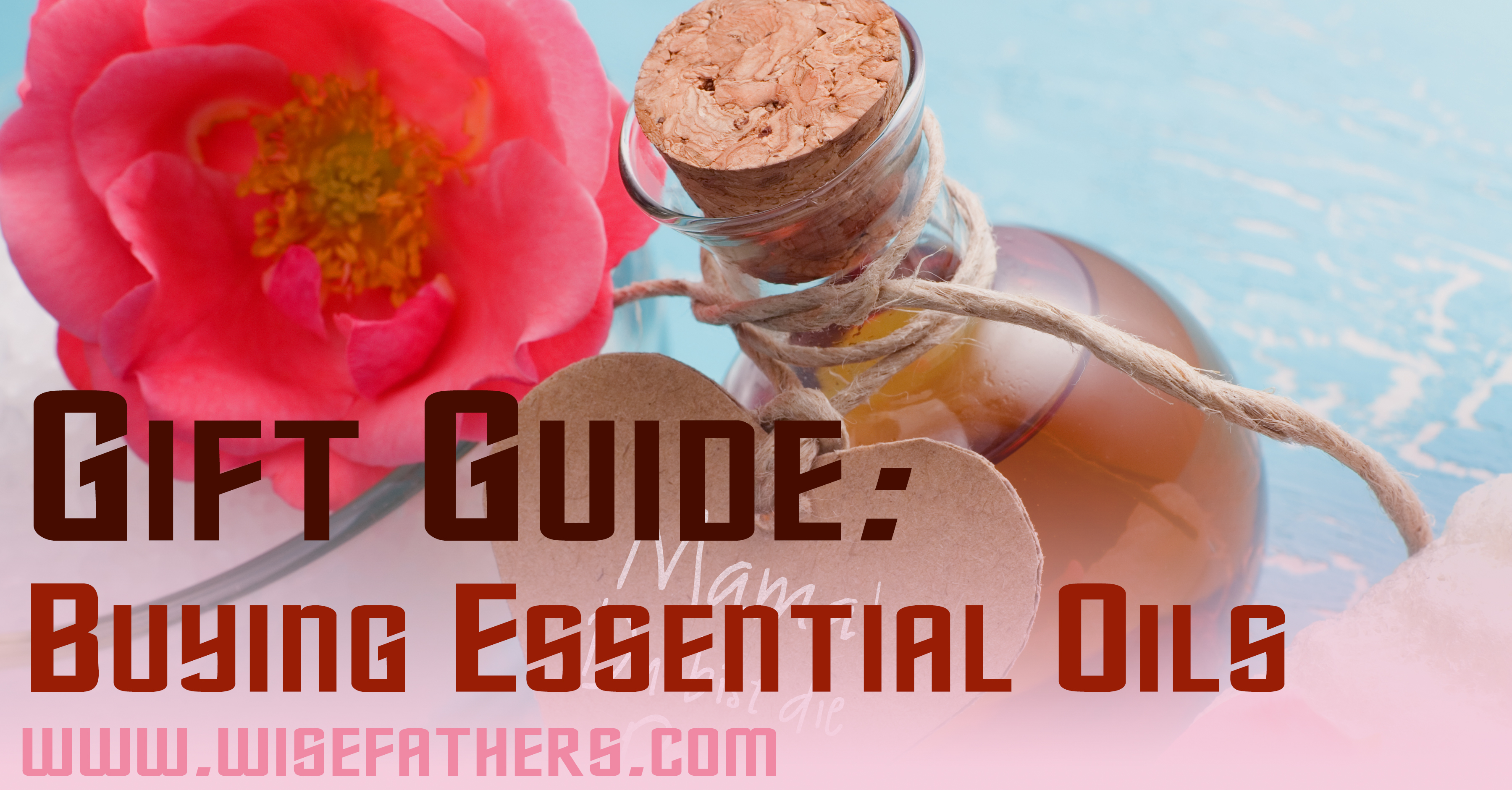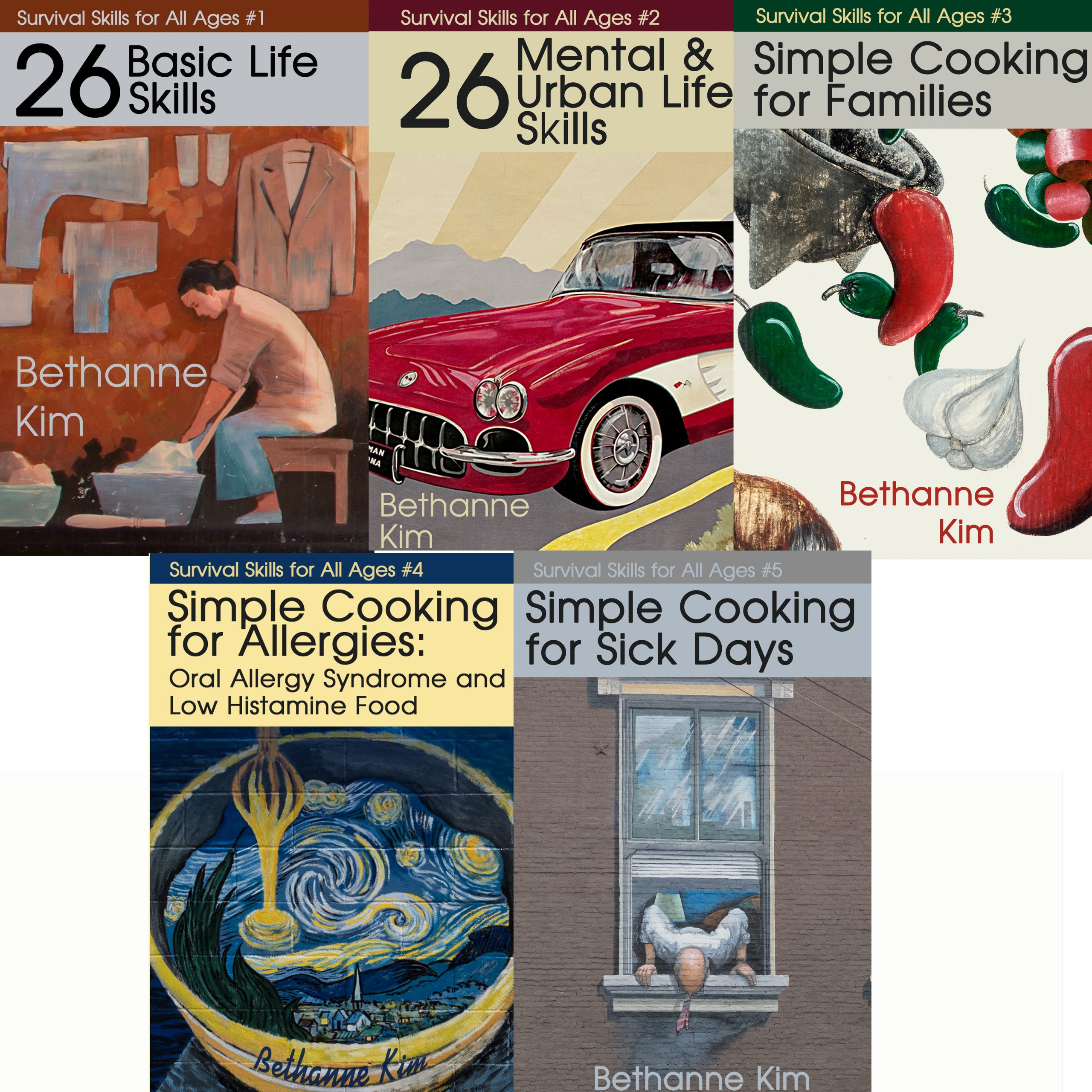
Gift Guide: Buying Essential Oils
Based on my non-scientific observations, if you are a man and are buying essential oils (eos), there is a good chance they are a gift. Most of the available information is about how to use them. This is about what to look for when you are buying eos, especially as a gift, not how to use them.
There are a lot of good brands out there, but the there are a lot of not-so-good ones as well. (I personally own eos from seven different companies.) For eos, cost really is a good indicator of quality. High-quality oils simply cannot be produced cheaply.
Because the industry has grown a lot in the last decade, there isn’t a lot of good oversight and labeling. The cheaper perfume or fragrance grade eos are more plentiful than medicine grade, but oils are not normally marked as fragrance or medicine.
Medicinal essential oils are most often used either in some sort of diffuser (inhaled) or in a lotion or cream absorbed through the skin. They are rarely ingested; some are actually toxic when ingested. When used on skin, they need a carrier oil as well as the oil. With a diffuser, they are added to water.
Don’t worry if you are already lost: this post explains the differences so you can recognize the quality you need to buy based on how it will be used.
Perfume and Synthetic Oils
Before buying essential oils, you need to know what they are being used for – medicine, aromatherapy, crafts (scenting candles, for example), or something else entirely. Unsurprisingly, certified therapeutic grade, which includes aromatherapy, needs to be higher quality than fragrance. Because more care (and more plants) must be used to make it, it’s more expensive, often much more expensive.
Perfume grade simply needs to smell like the plant. For cheaper perfumes and scented items like baths salts and candles, perfume grade and synthetic oils are sufficient, unless you need medicinal benefits. That is what perfume grade oils were originally designed for, after all. Never use oils, especially synthetic oils, internally.
Most fragrance oils use chemicals to mimic natural fragrances, but may also be a blend of synthetic and natural oils. If they use chemicals, they are also called synthetic oils. If one brand is significantly cheaper for no apparent reason, this is a good indicator it is probably either synthetic or a blend. (This is also the reason some perfumes are much more expensive: they use natural oils and scents instead of synthetic ones.)
Although synthetic oils smell like essential oils and may contain a small amount of them, they have a different chemical composition and definitely do not provide the aromatherapy benefits essential oils claim. An item that says “made with essential oils” probably only contains small amounts and is almost certainly not a pure essential oil.
Tells for Quality Oils
In high quality oils, the Latin name for the plant(s) should be clearly readable on the bottle label, most often on the front under the oil name. For blends, the common plant names will probably be listed on the side or back with the Latin name only when more than one variety of that species is used as an eo, such as lavender. Because the bottles can be very tiny, and blends can contain many different eos, smaller bottles of even the best quality blends may not contain this information but it should be easy to find on the company’s website.
For maximum effectiveness, different oils need to be extracted using different methods and from different parts of the plant. The extraction method should be listed on the bottle and/or on their website, if the bottle is too small. You can search online to see the best method for that oil, or just keep the receipt and let them return it if it’s wrong.
Each variety may have slightly different properties, so if you are asked for “lavender spike” it isn’t the same as “lavender”. High quality brands will definitely clearly mark these differences. If you want to learn more details, there is a lot of great information available online.
Brands
The two most well-known essential oil companies are doTERRA and Young Living. Both are high quality and you can’t go wrong buying them, but they are expensive. If you are looking for something to add to bath salts for a nicely scented bath, it’s probably kind of a waste of money.
Each of these companies has a very strong fan base, and I have seen people get in heated arguments over which one is better. If the person you are buying for already buys from one of these companies (check the labels for oils they already own), your safest choice is to find out who they buy from and just order there. In addition to already being trusted by the recipient, their consultants should have a record of what they already have and may know items they are interested in but haven’t bought yet.
My personal favorite company is the less-known Eden’s Garden. They also have a quality product, but they sell primarily online. I buy through their website because it has more detailed information and their full product line, including gift boxes, but many of their products are also available on Amazon.com. This keeps their costs lower, but it also means there is no salesperson to help determine what you need. You have to do all the research yourself.
Why so Costly?
There are two primary reasons for the high cost from doTERRA and Young Living. First, it really is a quality issue. Medical grade will simply always cost more, for the same item, than fragrance grade. It takes a lot of plant matter to create essential oils: sometimes as much as hundreds of pounds of plants to create a single ounce of essential oil! (The prices may be starting to make a little more sense now.)
The second reason is that DT and YL are sold by a sales staff who needs to earn some money on top of what the company makes, like Avon or Amway. These salespeople can provide a certain amount of help and guidance, although the FDA is making it harder and harder for them to legally do so.
Kids Blends
In addition, kids’ blends are specially formulated so don’t substitute a regular blend for a kids’ blend, especially if it’s a blend your kids already know and like. Even if the “regular” blend is equally safe, kids notice when things are different. It’s not worth the argument. Buy accordingly. In addition, some eos aren’t safe to use on children, especially kids under two or six. Those won’t be in eos that are specially blended for kids.
Carrier Oils
Carrier oils are important because eos are very concentrated and can cause a reaction if they are put directly on a person’s skin instead of being diluted in a carrier oil. While you may find some of these oils with regular groceries, they were almost certainly processed in a different manner and so aren’t well suited to medicinal use. That isn’t their intended use.
The most popular are from seeds such as almonds and grapeseeds, so they can smell slightly nutty, but coconut oil and beeswax are also popular when the end product needs to be more solid. Bug balms, deodorant, and healing balms all use these.
Summary
You need to know what it will be used for. If it’s going on someone’s body or into a diffuser, buy top-quality essential oils and carrier oils. If it’s for the kids to make scented soap and bath products, the far cheaper fragrance or synthetic oils will probably do just fine.
If the recipient has a preference for a certain oil company, buy from them.
